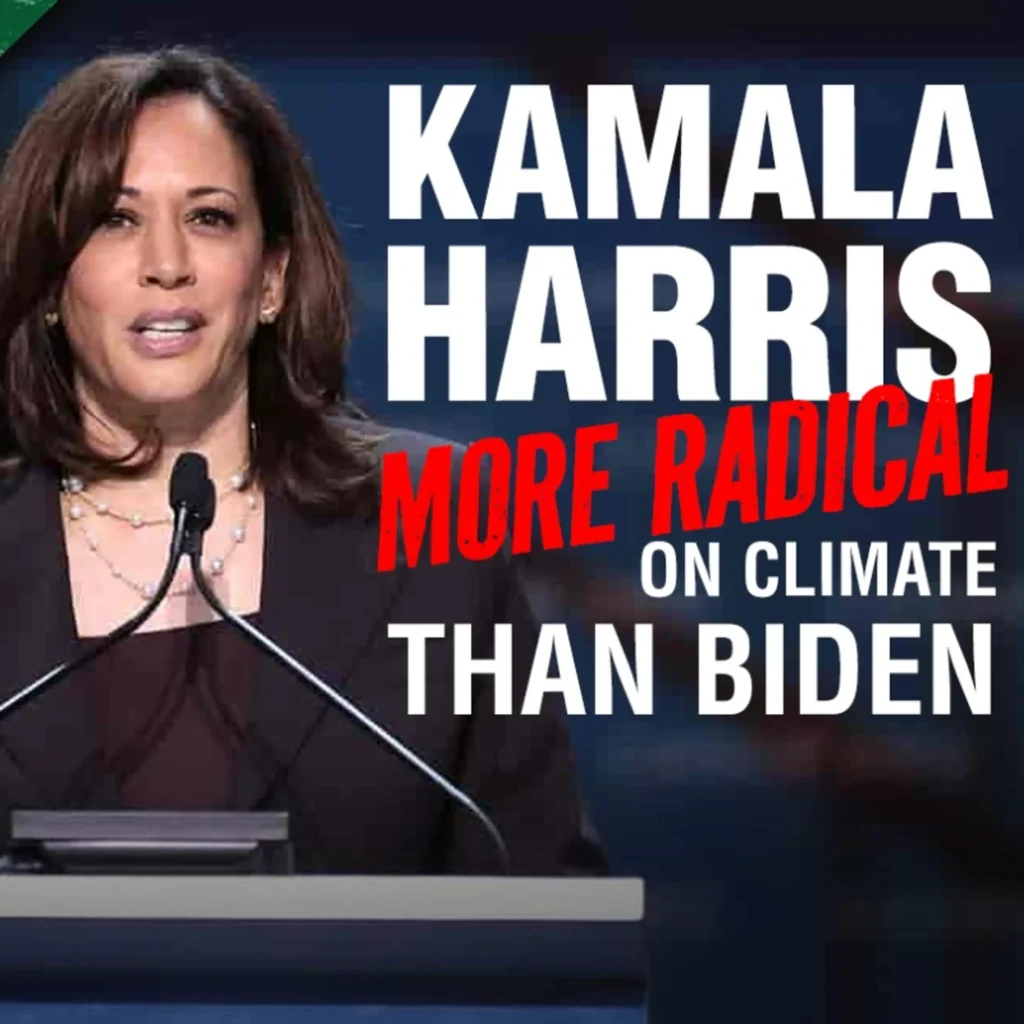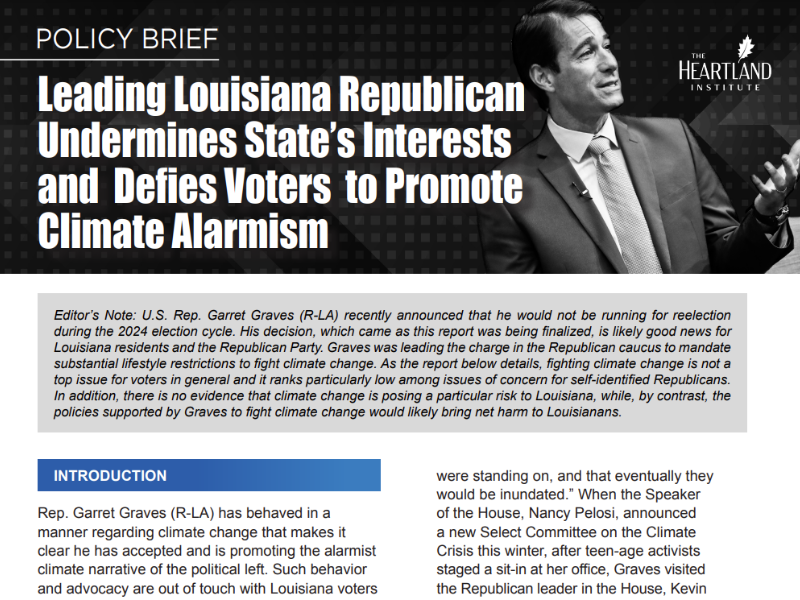For two weeks last fall, 170 national delegations met in the Netherlands to negotiate how to implement 1997’s Kyoto global warming accord.
The dealing came to naught, however, when the United States, Canada, and Australia refused to go along with European demands regarding the reduction of carbon dioxide emissions to below 1990 levels. The sticking point was not so much whether to reduce, or how much to reduce, but, more precisely, how to credit countries with their reductions.
Predictably, this was reported as a refusal by the U.S. to do the right thing. The noble Europeans–deeply committed to environmental protection, we are told–could not budge those big, bad Yanks who refused to do what is best for our planet. The whole high-and-mighty debate, though, came down to sinks: carbon sinks.
Emissions versus sinks
While the U.S. is the world’s No. 1 producer of carbon dioxide, it is not the No. 1 net producer. Ditto Canada and Australia. The title of No. 1 emitter of CO2 belongs to the European Union, which lacks North America’s and Australia’s carbon sinks: natural mechanisms, such as forests, that absorb carbon dioxide from the environment.
The U.S., and to a lesser degree both Canada and Australia, wanted compliance with the Kyoto goals to be based on net emissions (total emissions less carbon sinks). The Europeans demanded compliance based almost entirely on total emissions, with little or no credit for sinks.
The “total emissions-based” method would, not surprisingly, have placed a great burden on the Europeans’ major trading rival, the U.S., giving the EU an enormous competitive advantage. The U.S. would be required to retool its industrial base at a potential cost of hundreds of billions of dollars. That cost would be passed along to customers of U.S. industry, or onto the backs of its own workers in the form of layoffs, further crippling the country’s competitive position.
So much for the Europeans’ selfless, virtuous motives.
Using sinks to measure Kyoto compliance makes sense. Even if one buys the dubious global warming science (and I do not), it is not total CO2 emissions, but rather net emissions, that are forcing climate change. Demanding the total emissions standard makes sense only if your goal is to cripple a rival economically (as is the Europeans’ goal), or to tear down free-market societies generally (as is the environmentalists’ goal).
Science doubts CO2’s role
There is now legitimate skepticism over the part played by carbon dioxide in any warming that might be occurring. In August 2000, NASA scientist James Hansen–father of the modern global warming scare–backed away from the notion that CO2 is the principal culprit in climate change, suggesting instead that methane and soot might be more responsible.
And now, in Britain’s Nature magazine, Canadian researcher Jan Veizer reports the results of a five-year, $700,000 study of the historic record of carbon dioxide and global temperature rise. He concludes, “atmospheric carbon dioxide concentrations were not the principal driver of climate variability.”
Predictably, Veizer’s work was attacked even before it was published. Critics charge he failed to account sufficiently for continental drift over the past 500 million years, or for large amounts of ice drifting in the oceans during ice ages acting like ice cubes in a giant cocktail, cooling the oceans while CO2 may have warmed the air above.
Veizer accounted for these factors and many more, however. His critics seem mainly concerned with losing their bogey man, rather than with learning the truth about greenhouse warming.
A theory built on envy
Let’s call carbon dioxide the capitalist gas. Its production in large amounts is a sign a country is prosperous, that its industries are booming and its citizens consuming. And it is envy of that success, of that wealth, more than concern for the environment, that has fired up many greenhouse theorists from the start.
Tearing down the U.S., hobbling the free market, making the so-called “rich” of the world pay their so-called “fair share,” has always been the agenda behind the efforts of many greenhouse theory adherents. Now that the science is less supportive of that theory, expect greenhouse devotees (who until recently trumpeted the research) to begin to attack it, often in the most outrageous and irrational manners.
All along, for many (though not all) of the greenhouse believers, scientists and otherwise, the fight has been about the badness of the marketplace versus the goodness of government. It will always be about this fight. Even as the scientific basis for the pro-government side is being pulled out from under them, they will cling to their goal: To replace the forces of free exchange among individuals with the brute force of state planning.
Gunter Lorne is a columnist with the Edmonton Journal of Edmonton, Alberta, Canada, with whose permission this article has been reprinted.



